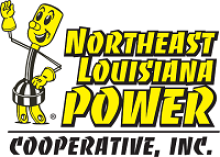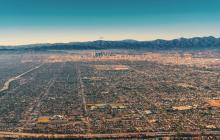Northeast Louisiana Power Co-op Reenergizes Cotton Country with Volt Broadband
North Louisiana has more premises unserved with high-speed Internet access than any other region of the state. In an effort to bring reliable Internet access to its members who have gone without service, directors of the Northeast Louisiana Power Cooperative (NELPCO) recently agreed to pursue a $54 million fiber buildout.
During a special meeting called on June 29th, NELPCO’s Board of Directors voted 5-2 to begin providing high-speed Internet access across the seven rural parishes the cooperative serves through its wholly-owned subsidiary, Volt Broadband LLC.
The exact details of the project and how it will be funded are still being worked out. But, the cooperative is preparing to bond for $50 million to deploy fiber infrastructure across its 2,180-square-mile service territory, which runs from “south of Turkey Creek Lake in Franklin Parish north to the Arkansas line, and extends into Morehouse Parish,” according to the cooperative’s website.

Construction of the fiber network will be completed in segments, beginning in the most populated regions and extending to the most rural, to eventually serve all 11,000 co-op members.



